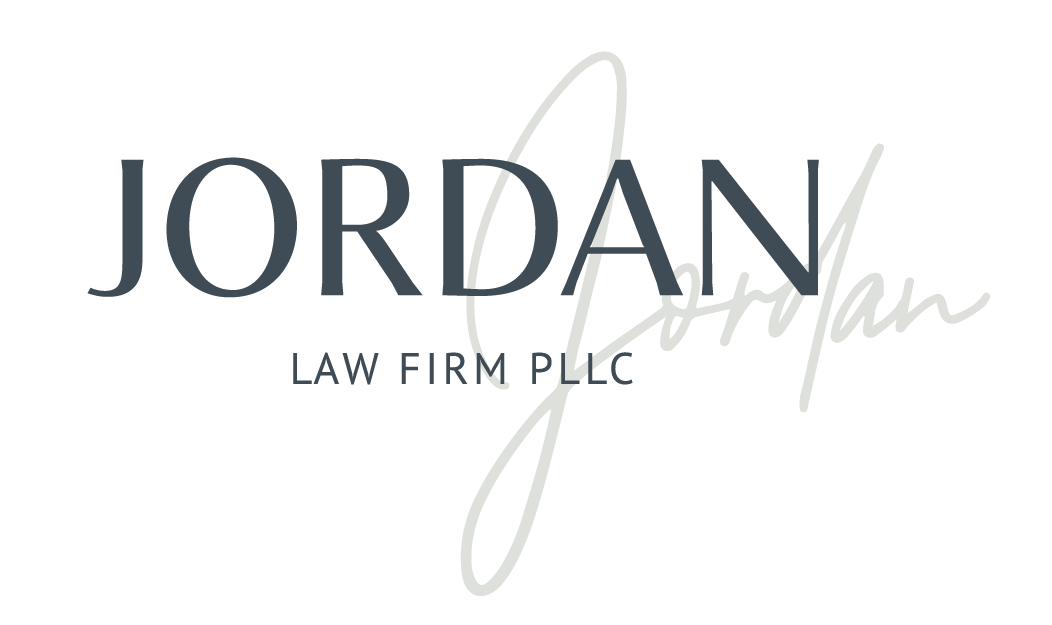What Estate Planning Documents Do I Need?
Your estate plan will include a combination of the right legal documents tailored to your specific goals, family circumstances, and assets. Furthermore, each document is carefully drafted to account for common circumstances that may change over time.
When deciding, together with your estate attorney, which documents are right for you, you will most likely choose among the following types of documents:
Last Will and Testament
A Last Will and Testament, also simply called a Will, directs the management and disposition of your assets that do not transfer at death by other methods—for example, through a trust, beneficiary designation, or survivorship status. Assets that do not transfer by another method are called probate assets.
In your Will, you state who should fulfill the role of Personal Representative, also called an Executor. The Personal Representative takes control of the probate assets, follows statutory procedures for addressing creditor claims and expenses, handles tax matters, and distributes the probate assets to your designated beneficiaries.
Your Will also appoints a legal guardian for minor children in the event that there is no surviving person with parental rights to care for your children who are under eighteen years old.
Most estate plans contain a Will, although, in limited circumstances, a Will may not be necessary. Importantly, Sarah always counsels clients on whether a Will should be included in their estate plan.
Trusts
There are different types of trusts to accomplish different planning goals. Creating a trust usually starts with drafting the trust agreement, which specifies who fulfills the role of trustee (the trust manager) the beneficiaries (who benefits from the trust assets), and how trust assets are to be managed and distributed.
In metaphorical terms, any type of trust can be thought of as a ‘bucket’ to hold assets. After creating the trust agreement, you must put assets in the bucket by retitling them in the name of the trust/trustee in order for the trust agreement to apply to those assets.
Sarah discusses with clients the planning considerations applicable to trusts—for example, incapacity planning, privacy concerns, probate avoidance, providing for minor children, long-term asset control and management, and more.
Powers of Attorney
A power of attorney is a legal document in which you appoint a trusted person to act on your behalf with respect to financial and medical matters. Although most people will sign a power of attorney when they are completing their other estate planning documents, often the power of attorney document is not used unless you become unable to manage your own financial or medical decision-making. A “durable” power of attorney is a power of attorney that is usable during any incapacity you may have. The person you appoint to act on your behalf is called your ‘attorney-in-fact’ or your ‘agent.’
Community Property Agreement
A community property agreement is used by married couples to document their agreement that all or most of their assets are community property (also called marital property or joint property). Among other uses, a community property agreement can be used as a tool to help transfer jointly or separately titled assets into the name of a surviving spouse. A community property agreement is not always recommended, so our clients are encouraged to consult with Sarah on this point before signing such an agreement.
Transfer on Death Deed
A transfer on death deed (or TODD for short) transfers the legal interest in real estate to grantees named on the deed after the death of the grantor (the current owner). It is a popular option to help estates avoid the probate process when their only probate asset is real estate.
Health Care Directive
Washington law authorizes an adult person to sign a statement, called a ‘directive,’ stating their wishes regarding the withholding or withdrawal of life-sustaining treatment if they have a terminal condition or if they are in a permanent unconscious state.
These are major and sometimes emotional decisions to make ahead of an unexpected injury or illness that would render someone terminal or permanently unconscious. Sarah counsels clients on the range of choices available and what to factor in when making these decisions.
Disposition of Remains Instructions
You may wish to sign a statement regarding your wishes for your remains. Important to our clients have been directions regarding the method of disposition (burial, cremation, composting or natural organic reduction), final placement of remains (burial at a family burial location, spreading ashes at an important location, placement with minimal environmental impact, etc.), and funeral or memorial instructions. If you haven’t made decisions on these points, then your loved ones will be empowered to make those decisions when the time comes.
These estate planning tools are the most common legal documents utilized in estate plans. However, it is not an exhaustive list, and so you should talk with your attorney about which documents help you best accomplish your planning goals.
